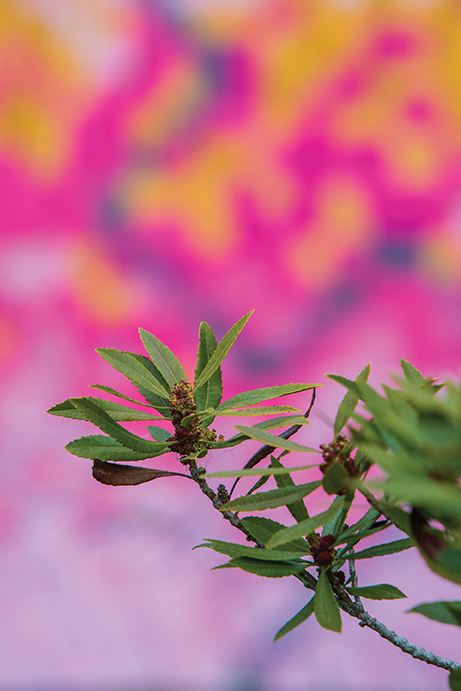When sourcing locations, I’m not just looking for great light—which, let’s be clear, light is numero uno—but coming up in a close second are the details. Moulding, interesting wallpaper, great linens, expensive pillows (cheap pillows are zero fun to style), perfectly worn wood floors, window seats and door knobs. Door knobs??
Yeah, door knobs.
Because this shot would not have been the same without that adorable brass door knob mimicking the circles in Alyce’s quilt. Yay, details!
+ Kristy
Project: Mini Masterpieces
Author: Alyce Blyth
Publisher: Lucky Spool
Book Design + Photography: Page + Pixel











